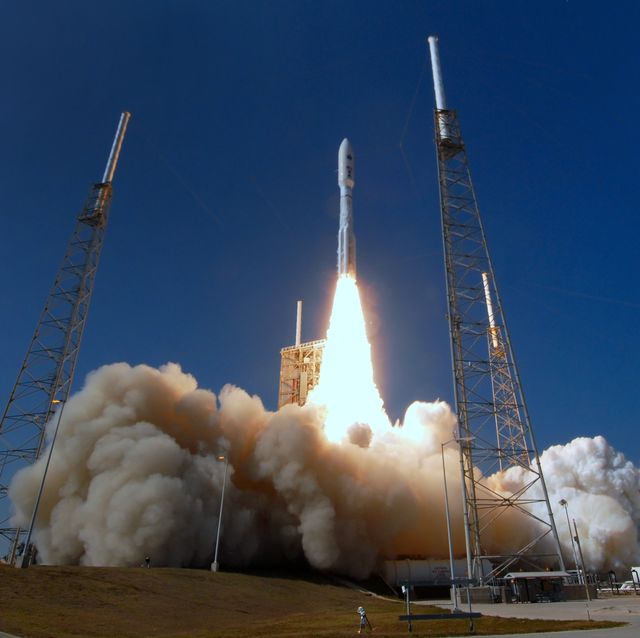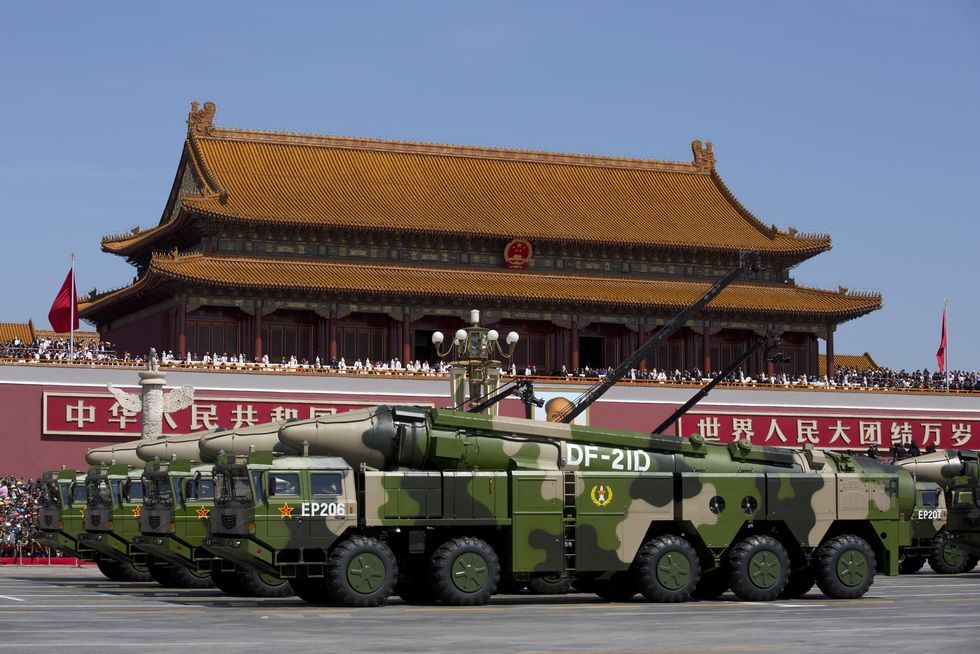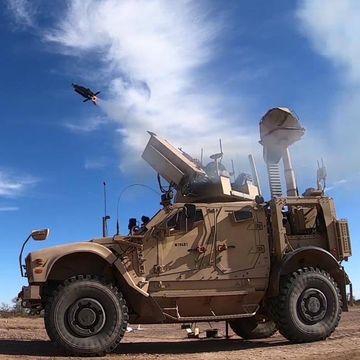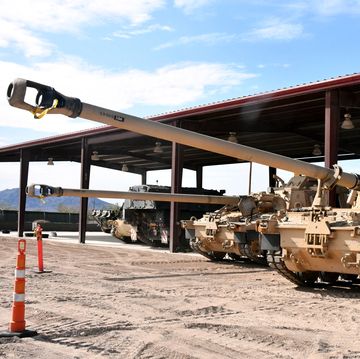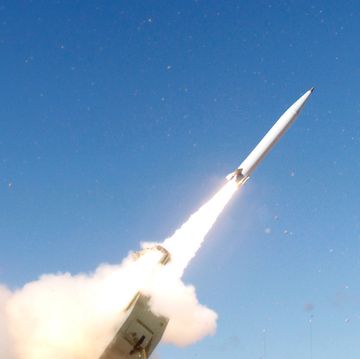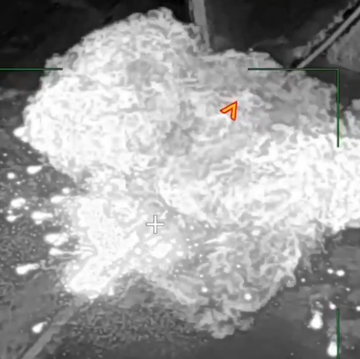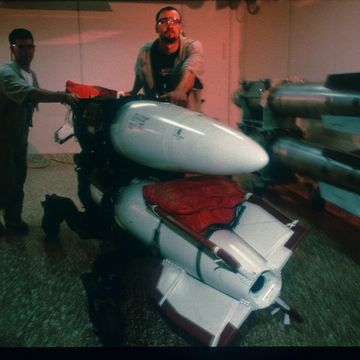- Two new reports conclude major space powers are developing and in some cases have already deployed anti-satellite weapons.
- The United States, Russia, and China are all pursuing anti-satellite weapons, or have some sort of anti-satellite capability already deployed.
- Other anti-satellite weapons include ground-based jammers to disrupt the signal from navigation and communications satellites.
The United States, Russia, China, and other countries are developing new weapons to hold the satellite constellations of other powers at risk. Anti-satellite weapons are useful not only for crippling the ability of military adversaries to operate on the battlefield, they also threaten civilian uses of space. The result are attacks that are harder to pinpoint to any one perpetrator, and which could deal a serious blow to the military and economic might of spacefaring powers in peace and war.
Two reports, one from the Center for Strategic and International Studies and the other from The Secure World Foundation, analyze open source data to provide estimates of anti-satellite warfare programs worldwide, including the United States. The result is a chilling look at weapons that could be used to neutralize not only military space satellites but civilian ones, resulting in significant disruptions in everything from television signals to the Global Positioning System.
According to CSIS and SWF, Russia is investing significant time and attention in anti-satellite weapons. The 14A042 Nudol missile is derived from ballistic missile interceptors and can shoot down incoming ballistic missiles and has a limited anti-satellite capability. Nudol has completed seven tests to date.
The Secure World Foundation also says there are indications Moscow is upgrading its Krona optical space surveillance system with the Kalina laser dazzler system, meant to blind or damage the optical sensors of foreign spy satellites. CSIS notes that the Peresvet laser system could be used to damage satellites in low-Earth orbit.
Meanwhile, Russia is investing in anti-satellite capabilities closer to Earth, fielding satellite jamming systems that disrupt the stream of data between satellites and their customers on the ground. CSIS notes there have been multiple reports of GPS jamming in and around Russia and Russian forces in Syria. Disrupting GPS makes it more difficult for pilots—and self-guided weapons—to quickly reference their own location. Disruptions can take the form of jamming a GPS signal, preventing users from getting any data at all, to spoofing locations and surreptitiously sending fake location data.
China, the Secure World Foundation believes, is working on as many as three anti-satellite missile systems, or “direct ascent ASAT systems.” At least one system, the SC-19, is believed operational. SC-19 has been tested five times and is derived from the DF-21C medium range ballistic missile with technology ported over from surface-to-air missile systems. The U.S. Defense Intelligence Agency, SWF points out, believes China will develop a ground-based anti-satellite laser weapon system by 2020.
China is also working on ground based jammers to disrupt data streams from satellites, an important capability that could be used against an adversary operating over long distances such as the U.S.
Perhaps the most advanced anti-satellite weapons program in any country is that fielded by the U.S. The U.S. military has some formidable anti-satellite weapons, including the Ground Based Interceptor missile based in Alaska and Hawaii. GBI was originally developed to shoot down ballistic missile warheads aimed at America as they pass through low-Earth orbit. The U.S. Navy’s SM-3 interceptor missile has a little more experience in this field, downing an aging satellite in 2008’s Operation Burnt Frost.
The Boeing X-37B unmanned space plane may also figure in U.S. anti-satellite warfare. OTV-5, a 780-day-long X-37B mission, is reported to have released three small cubesats into orbit. These cubesats, Breaking Defense suggests, could be part of an anti-satellite warfare research program.
The reports also look at other space powers, including Europe, Japan, and rogue countries such as North Korea and Japan. Japan is considering building anti-satellite weapons but also uses the same radar and missile system involved in Operation Burnt Frost, giving it a latent ASAT capability. France is working to develop laser dazzlers to blind satellites. Countries such as North Korea and Iran have active space programs but progress is slow and both are a long way from fielding operational weapons.
Source: CSIS Secure World Foundation.

Kyle Mizokami is a writer on defense and security issues and has been at Popular Mechanics since 2015. If it involves explosions or projectiles, he's generally in favor of it. Kyle’s articles have appeared at The Daily Beast, U.S. Naval Institute News, The Diplomat, Foreign Policy, Combat Aircraft Monthly, VICE News, and others. He lives in San Francisco.
